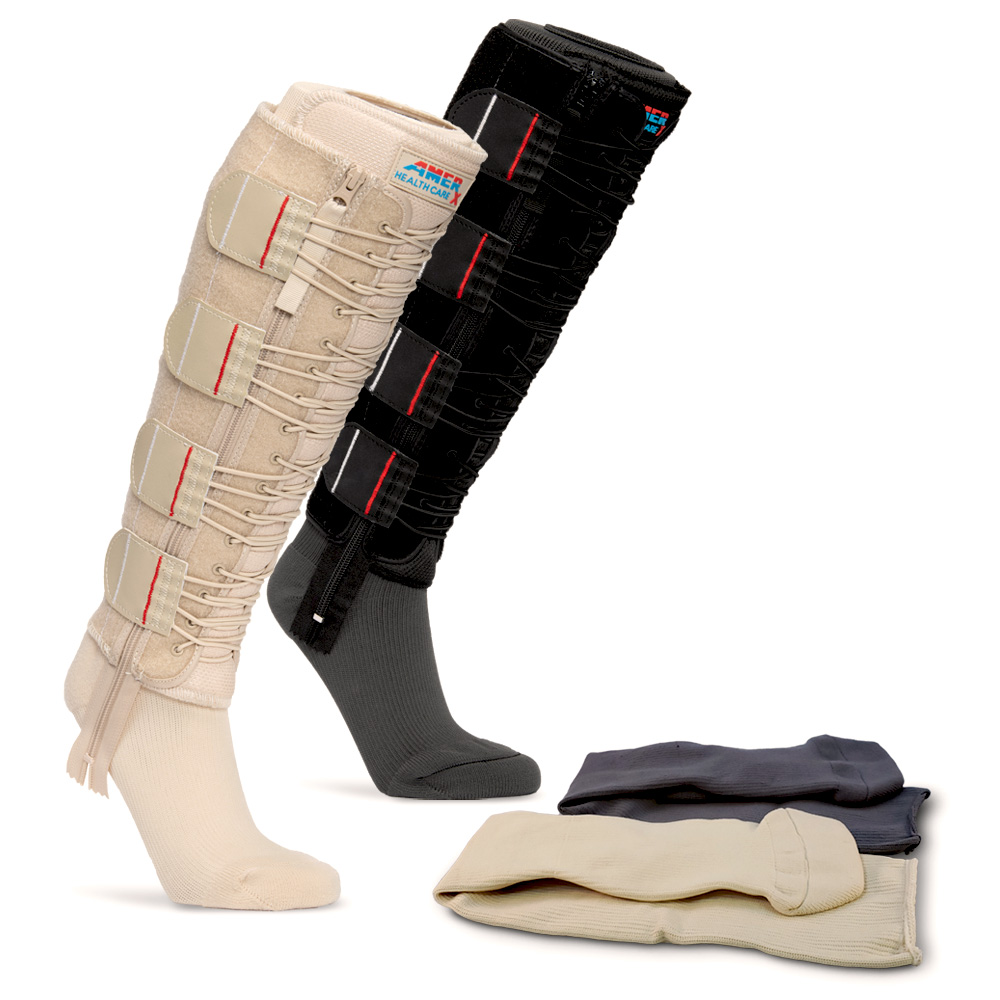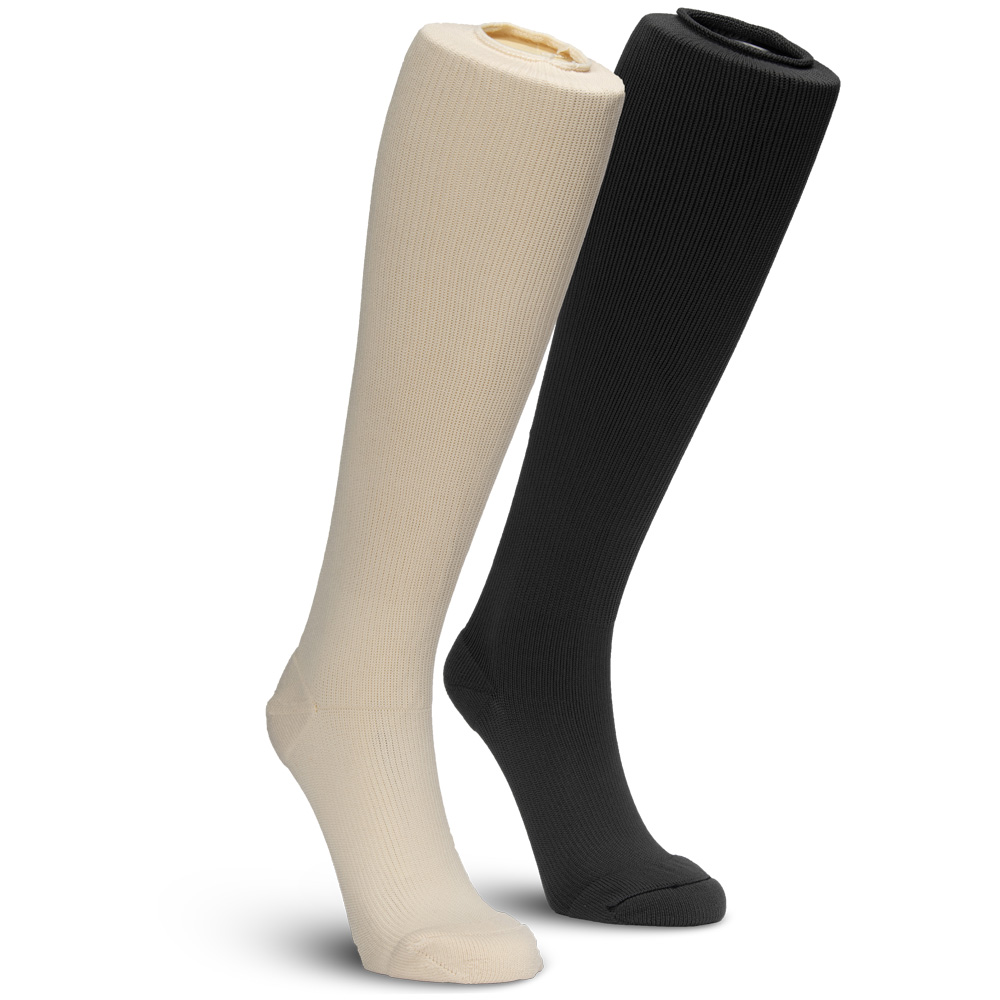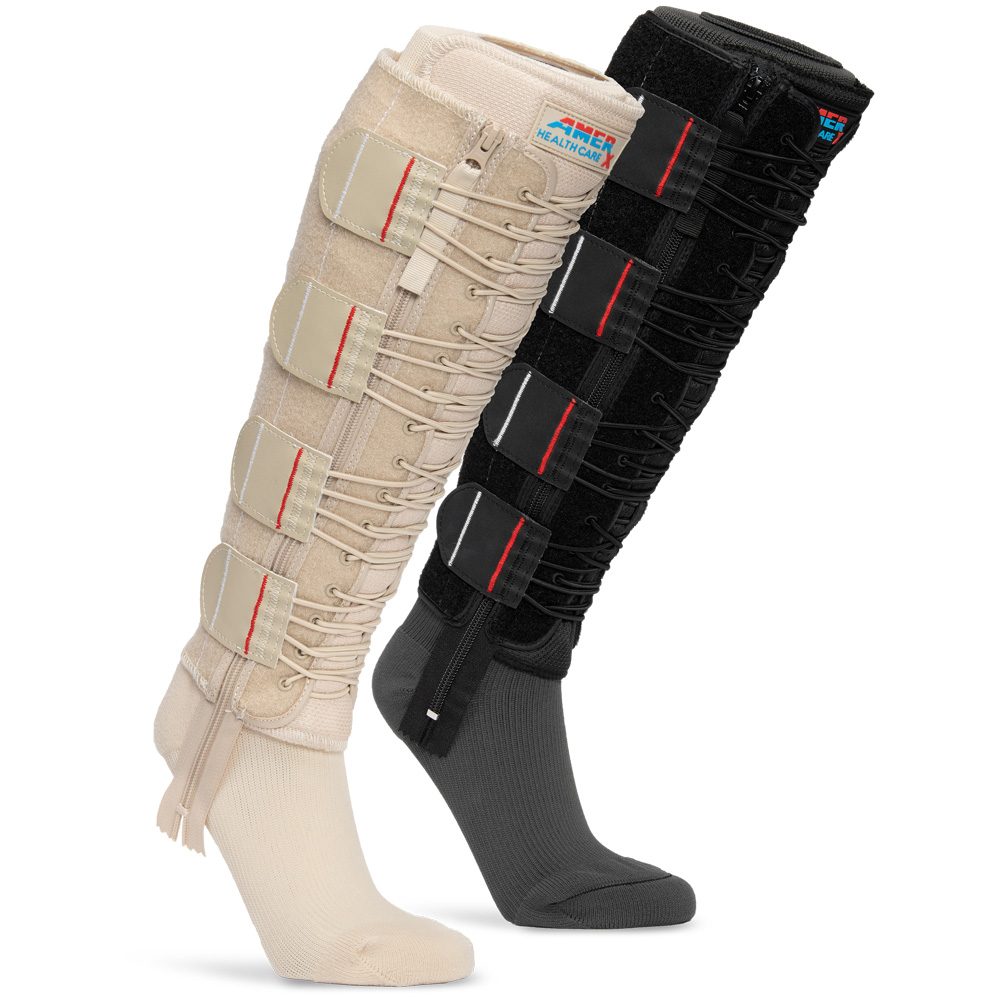Venous Stasis Ulcers

What is a Venous Stasis Ulcer?
Veins are responsible for returning blood to your heart. When leg veins do not function properly, the blood they carry can accumulate inside the veins and stretch the walls of the veins. This can lead to parts of that blood leaking out of the vein into areas just beneath the skin. When this happens, the skin overlying these areas experiences increased pressure and this can cause the skin to break open into an ulcer, an opening in the skin. This type of ulcer is called a venous stasis ulcer, venous ulcer, insufficiency ulcer, or varicose ulcer.
What Causes Venous Stasis Ulcers?
Abnormal vein function can be caused by varicose veins, vein clotting, and heart failure. When veins of the legs are not functioning properly and blood is not being returned to the heart the way it should be, this blood can accumulate in the veins and cause pressure to the skin that lies over the involved veins. This can lead to a decrease in oxygen and nutrient delivery to this area of the skin, which can lead to the skin breaking down and opening up, forming an ulcer.
What are Some Symptoms of Venous Stasis Ulcers?
- Skin Color Changes
Prior to the skin opening up into an ulcer you may notice changes to the appearance of your skin. Thinning, scaling, and peeling of the skin can occur. Skin color may change to red, brown, or yellow. Dark red or purple coloration can appear as well. - Ulcers
An ulcer is an opening of the skin. Venous stasis ulcers develop on the legs and are normally close to the surface of the skin and not very deep. These ulcers can get large. Their shape is normally that of an oval or circle, but irregularly shaped ulcers can also develop with curvy margins.
- Drainage
Sometimes there is drainage from the opening in the skin. This can take on different appearances. Sometimes it looks like clear fluid, just like water dripping down the leg. Other times this drainage can have red or yellow color and be thicker than water. This drainage can also look like oozing blood.
- Pain
While venous stasis ulcers can be painless for some, other people do experience pain associated with the ulcer. For some, the pain is worse if the swelling increases. Others may experience pain when something touches the area where the ulcer is. When this pain occurs, it may be worse when walking.
- Infection
It is possible to have a venous stasis ulcer that is not infected. However, if infection does develop, one may experience redness, heat, increase in swelling, increase in pain, bad odor, or thick drainage in the area of the ulcer. In more severe cases infection can cause you to feel sick with fever, chills, or weakness.
Do I Have Venous Stasis Ulcers?
If you think you have a venous stasis ulcer or you think you are developing a venous stasis ulcer, it is probably best to see a healthcare provider. If you are experiencing any of these items you may have a venous stasis ulcer or be developing a venous stasis ulcer:
- Change in Appearance of the Skin of Your Legs
With venous leg ulcers, the skin is often thin and scaly. It can also change colors to red, brown, yellow, or purple.
- Opening in the Skin
Once a venous stasis ulcer develops, there is a break in the skin. This can start out small and has the potential to get very large quickly. The opening can be a variety of colors from dark red to yellow and even black. There may be fluid coming out of this opening, representing drainage or oozing from the ulcer.
- Leg Pain
There may be pain in the area of a developing ulcer or where an ulcer already exists. Some venous stasis ulcer patients experience this pain while others do not. Those that do experience this often say the pain is worse with activity.
How Are Venous Stasis Ulcers Treated?
There are several elements to treating a venous stasis ulcer. These include:
- Topical Medication
Once the skin is open and the ulcer has developed, there are many different types of medications that can be applied to the base of the ulcer. These medications are available in the form of pads, powders, creams, and gels. Different types of venous stasis ulcers benefit from different types of topical medications. Your healthcare provider should decide which topical medication type is best for your venous stasis ulcer.
- Ulcer Covering
Once the topical medication is applied, it will likely need to be covered. This can be accomplished with gauze, foam, or other options. Sometimes adhesive tape is used to hold the covering in place. Other times the covering has an adhesive border so it is able to stick to the skin itself without the need for tape.
- Addressing the Cause – Compression!
A very important part of treating a venous stasis ulcer is addressing what caused it in the first place. When veins are not functioning properly, this may be addressed with compression applied to affected leg(s). Applying compression can help the vein to return blood, relieving the tension on the skin in that area. This is important in not only treating venous leg ulcers, but also in preventing them from coming back.
AMERX Health Care designed the EXTREMIT-EASE Compression Garment with your ease and comfort in mind. The garment’s unique design uses a zipper and bungee cords with wide tabs to make it easy for you to properly apply and adjust without additional help from a medical professional. Made with breathable fabric that does not slip or bunch, EXTREMIT-EASE can be worn comfortably for hours, so you can get the most from your compression therapy.
*If you are experiencing any symptoms suggestive of a medical emergency, contact a physician or seek urgent care immediately.
EXTREMIT-EASE Can Help!
Use the EXTREMIT-EASE Compression Garment in conjunction with AMERX Dressings for wound care management and maintenance.






